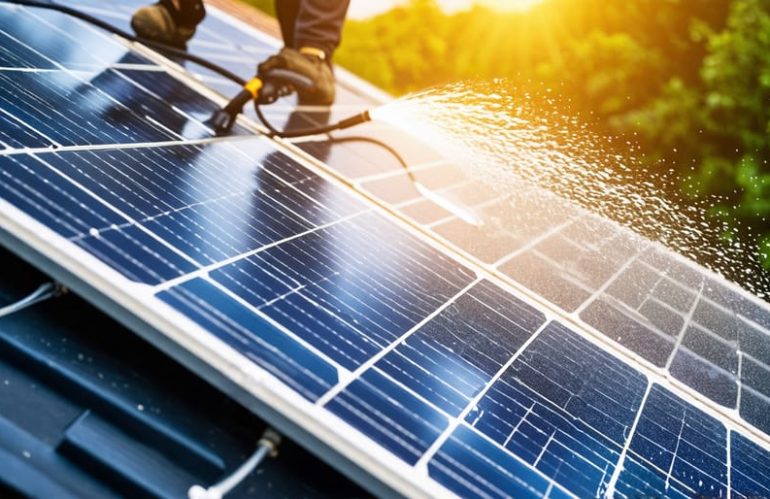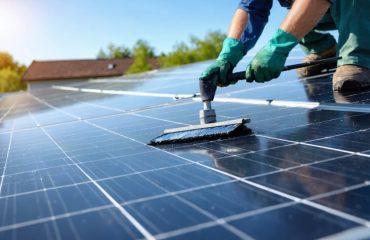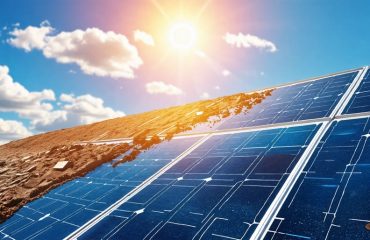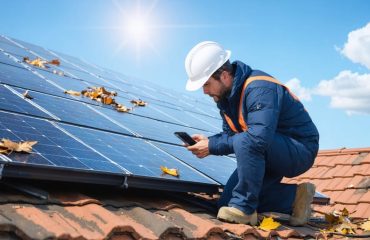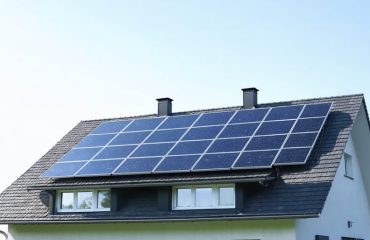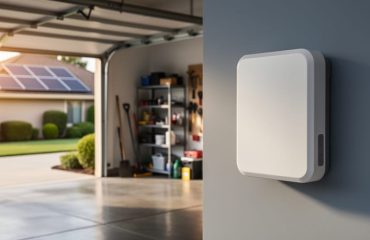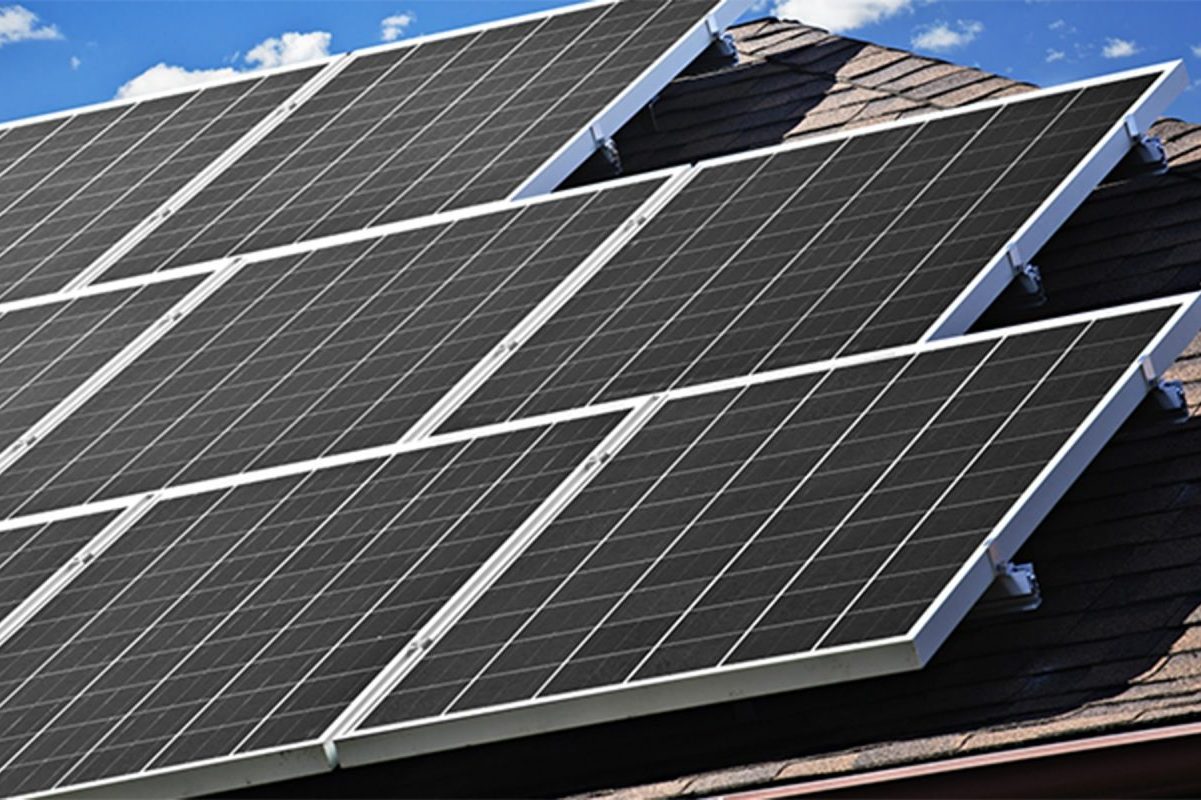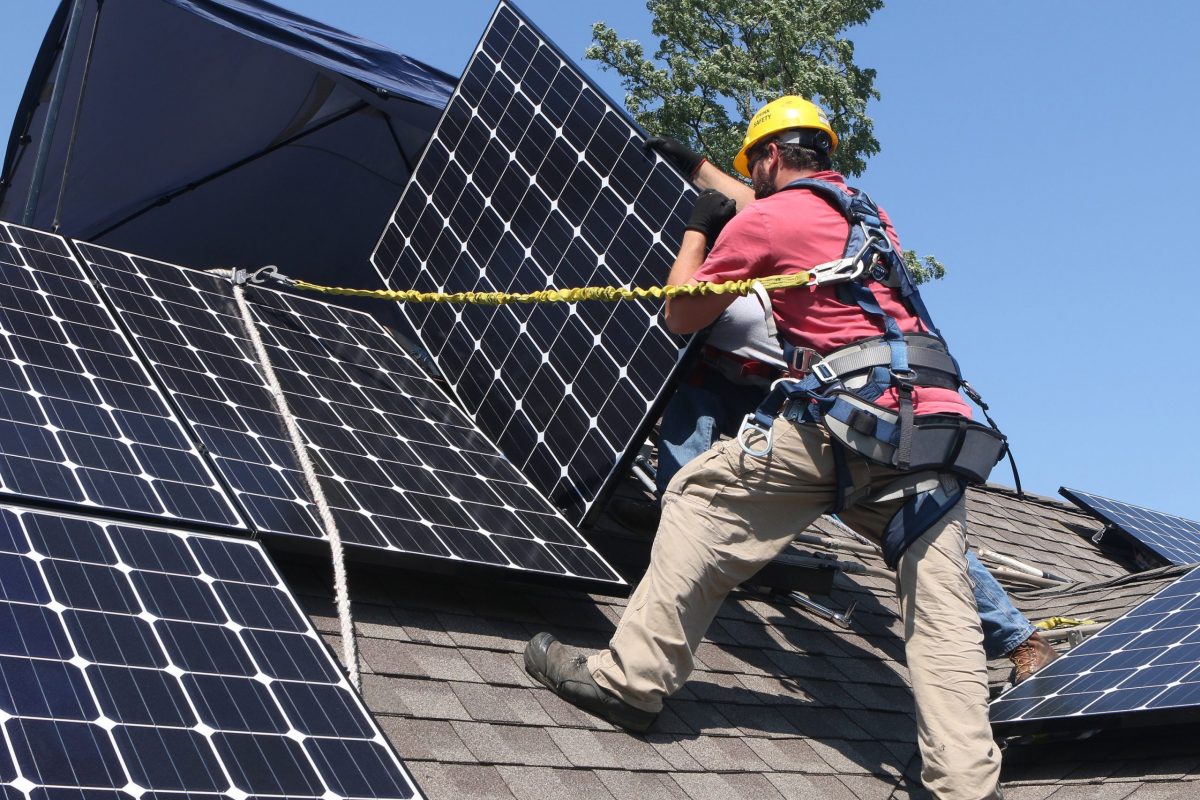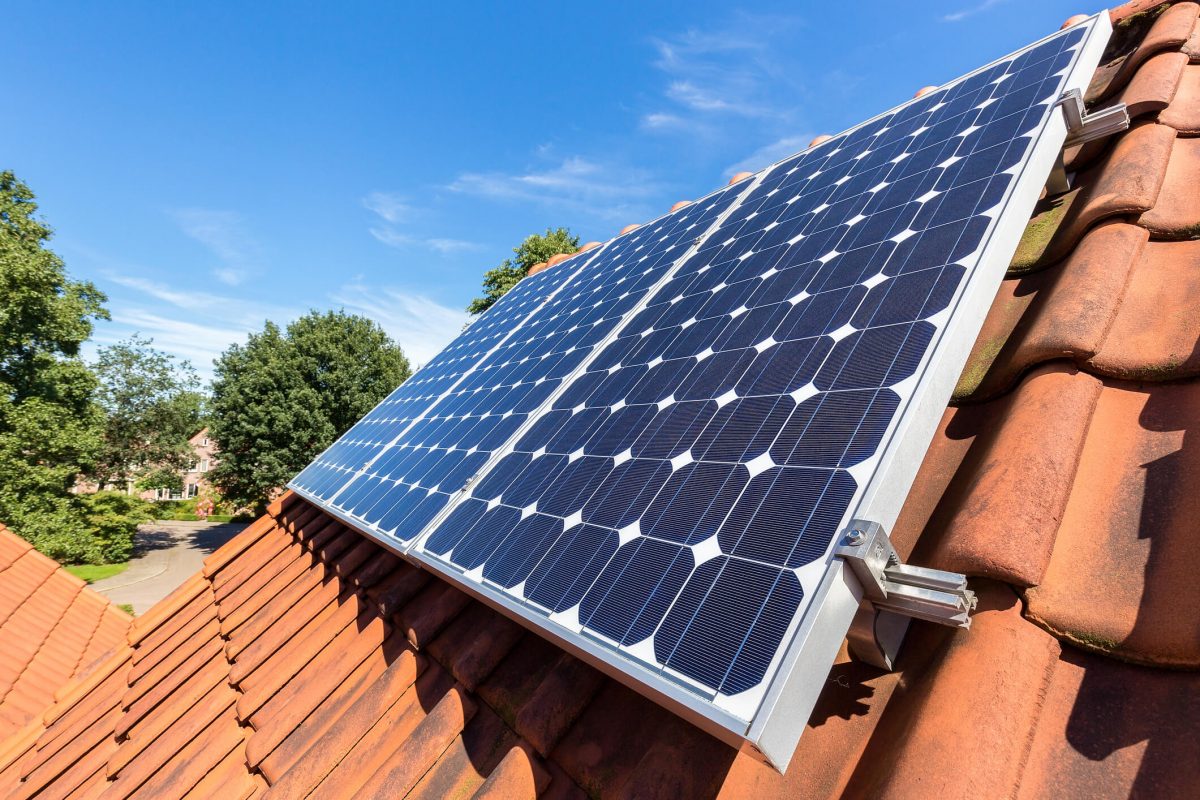Spray your solar panels with a garden hose to remove loose dirt and debris. For stubborn grime, clean solar panels using a soft brush and a solution of mild soap and water. Rinse the panels thoroughly with clean water to prevent spotting. Schedule cleanings for early morning or evening when panels are cooler to avoid thermal shock.
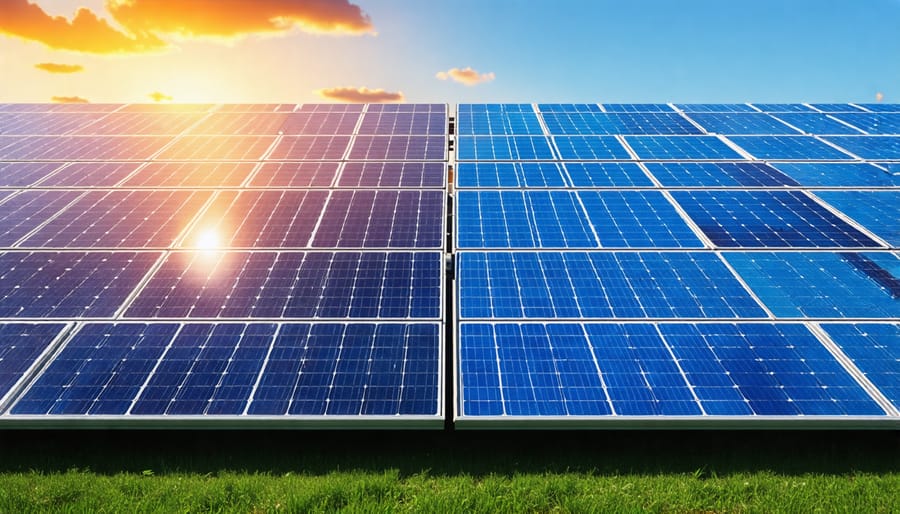
When to Clean Your Solar Panels
Solar panels typically need cleaning every 6-12 months, depending on factors like location, climate, and surrounding environment. However, there are signs that indicate it might be time for a cleaning sooner. If you notice a visible layer of dust, dirt, pollen, or bird droppings on your panels, it’s a clear indication that they need attention. Another telltale sign is a decrease in energy production. If your solar system’s output has dropped significantly compared to previous months or years, it could be due to a buildup of grime on the panels.
Certain events or seasons may also necessitate more frequent cleaning. For example, if you live in an area prone to heavy smog, dust storms, or wildfires, your panels might accumulate debris more quickly. Similarly, if nearby trees shed leaves or pollen onto your roof, or if birds frequently perch above your array, you may need to clean more often. Pollen season and dry, dusty summers tend to be particularly challenging times for solar panel cleanliness.
Ultimately, the best approach is to monitor your panels regularly and clean them whenever you see a dip in performance or visible soiling. By staying proactive and consistent with maintenance, you can ensure your solar system operates at peak efficiency year-round.
DIY Solar Panel Cleaning Tools & Supplies
Safety equipment
For safety, wear non-slip shoes and work gloves to maintain a secure grip while cleaning. If your roof is steep or you feel unsteady, consider using a safety harness anchored to a secure point. Remember, your well-being is the top priority when cleaning solar panels at home.
Cleaning tools
To clean your solar panels, you’ll need a few basic tools. A soft brush with an extended handle is ideal for removing loose debris like leaves, twigs, and dust. A squeegee with a soft rubber blade can help remove more stubborn grime and water spots. Finally, a water hose with an adjustable nozzle allows you to rinse the panels without using excessive water pressure, which could potentially damage the panels. Avoid using abrasive materials, high-pressure washers, or harsh cleaning agents, as these can scratch or deteriorate the panel surfaces over time. With these simple tools, you’ll be well-equipped to tackle the cleaning process safely and effectively.
Cleaning solutions
When cleaning your solar panels, use mild, non-abrasive solutions to avoid damaging the delicate surface. A simple mixture of mild dish soap and distilled water is often sufficient for removing dirt and grime. Avoid tap water, as it may leave mineral deposits on the panels. For tougher stains, consider using a commercial solar panel cleaner specifically designed for the job. These cleaners are formulated to be gentle on the panels while effectively cutting through stubborn buildup. Always follow the manufacturer’s instructions and dilute the cleaner according to their recommendations. Remember, harsh chemicals or abrasive scrubbers can scratch or damage your solar panels, reducing their efficiency and lifespan.
Step-by-Step Solar Panel Cleaning Process
Safety setup
Before climbing onto your roof, ensure you have a sturdy ladder that extends at least three feet above the roofline. Secure the ladder on level ground and have someone hold it steady as you ascend. Consider using a safety harness attached to a secure anchor point on the roof to prevent falls. Wear non-slip shoes and avoid walking on wet or slippery surfaces. If you’re uncomfortable with heights or lack the necessary safety equipment, it’s best to hire a professional solar panel cleaning service to handle the job safely and effectively.
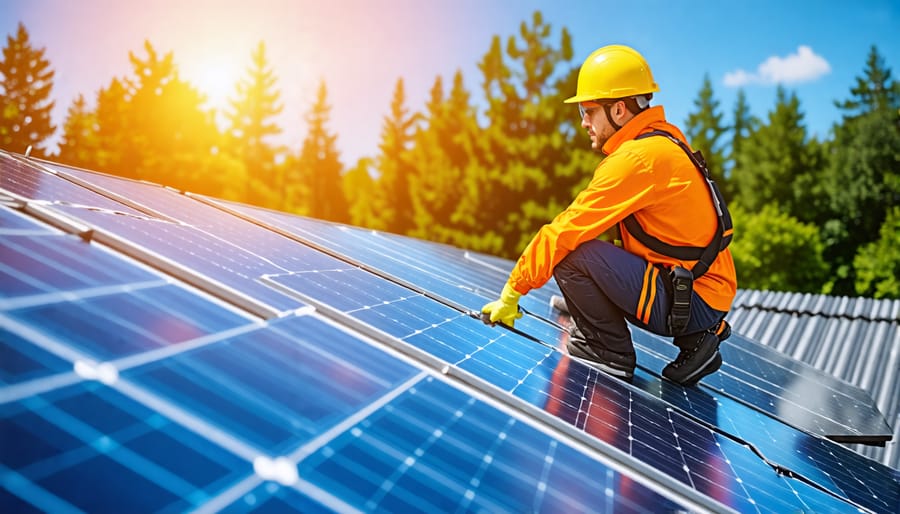
Pre-rinse panels
Before attempting a more thorough cleaning, use a garden hose to gently rinse away loose dirt, dust, and debris from your solar panels. This pre-rinse helps prevent scratching or damaging the panels during the main cleaning process. Start at the top of the array and work your way down, allowing gravity to assist in the removal of debris. Be sure to use a low-pressure setting on your hose nozzle to avoid causing any damage to the panels or their protective coating. This simple pre-rinse step can make the subsequent cleaning stages more effective and efficient.
Clean panels
To clean your solar panels, start by mixing a mild, non-abrasive cleaning solution using water and a small amount of dish soap or a specialized solar panel cleaner. Avoid harsh chemicals that can damage the panels. Using a soft-bristled brush or sponge, gently scrub the surface of each panel to remove dirt, dust, and debris. Be sure to use light pressure to avoid scratching the panels. Work in sections, starting from the top of the panel and moving downward. Rinse the panels thoroughly with clean water from a hose or pressure washer on a low setting to remove any remaining cleaning solution. For hard-to-reach areas or stubborn stains, consider using a soft squeegee or microfiber cloth. Remember to prioritize your safety and avoid cleaning during extreme temperatures or when panels are hot to the touch.
Final rinse and dry
After you’ve finished scrubbing the solar panels, it’s time for the final rinse. Use your hose to spray clean water over the panels, starting from the top and working your way down. This will remove any remaining soap residue and ensure that your panels are spotless. Once you’ve rinsed thoroughly, use a squeegee to dry the panels. Work from top to bottom, using long, smooth strokes to remove excess water. This step is crucial to prevent water spots or mineral buildup, which can affect your panels’ efficiency. With your solar panels now clean and dry, they’ll be ready to soak up the sun and generate clean, renewable energy for your home.
Solar Panel Cleaning Tips & Precautions
Cleaning solar panels requires care and attention to detail to achieve the best results while avoiding potential damage. Always start by reviewing your solar panel manufacturer’s specific cleaning guidelines, as some may have unique recommendations or cautions.
When cleaning, use only soft, non-abrasive materials like microfiber cloths or soft sponges. Avoid harsh scrubbers or pressure washers, which can scratch or damage the delicate surface of the panels. If your panels have stubborn stains, soak the cloth in a mild, biodegradable soap solution before gently wiping.
Work on cool panels early in the morning or in the evening to prevent thermal shock, which can occur when cold water contacts hot panels and potentially cause cracks. Rinse thoroughly with a garden hose using a gentle flow to remove any remaining dirt or soap residue.
For hard-to-reach panels or those on upper stories, consider using a soft brush with an extended handle, following the same gentle cleaning techniques. Always prioritize safety and stability when accessing panels on your roof.
In addition to proper cleaning methods, take proactive steps for protecting panels from damage, such as regularly trimming overhanging branches and ensuring a secure mounting system. By combining gentle cleaning techniques with preventative measures, you can keep your solar panels functioning optimally for years to come.
When to Hire a Professional
While cleaning your solar panels yourself is often manageable, there are situations where hiring a professional is the safer and more effective choice. If your roof is particularly high, steep, or difficult to access safely, it’s best to leave the job to experienced professionals with the proper equipment and training to work at heights. Similarly, if your solar panels are located in hard-to-reach areas or you have a large array spanning a significant portion of your roof, a professional cleaning service can tackle the job more efficiently.
In some cases, the type of debris or buildup on your panels may require specialized cleaning solutions or techniques that are best left to the experts. For example, if your panels have accumulated heavy dirt, sticky pollen, or stubborn stains, a professional cleaning company will have the appropriate tools and cleaning agents to remove these without damaging the panels.
Moreover, if you notice any signs of damage or malfunction, such as cracks, loose wiring, or a significant drop in energy production, it’s crucial to have a professional assess and address the issue. Attempting to clean or repair damaged panels yourself could void your warranty or worsen the problem.
Remember, even if you opt for professional cleaning, you can still take steps to minimize the need for frequent cleanings by regularly removing loose debris, installing solar panels in optimal locations, and maintaining your roof and surrounding areas to prevent excessive buildup.

